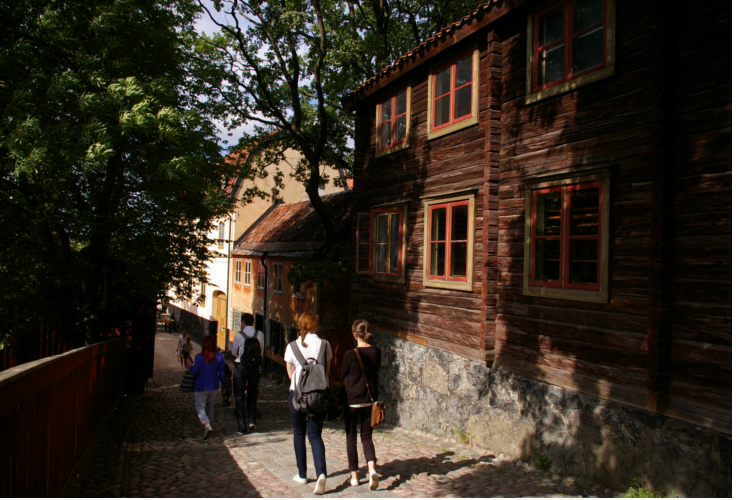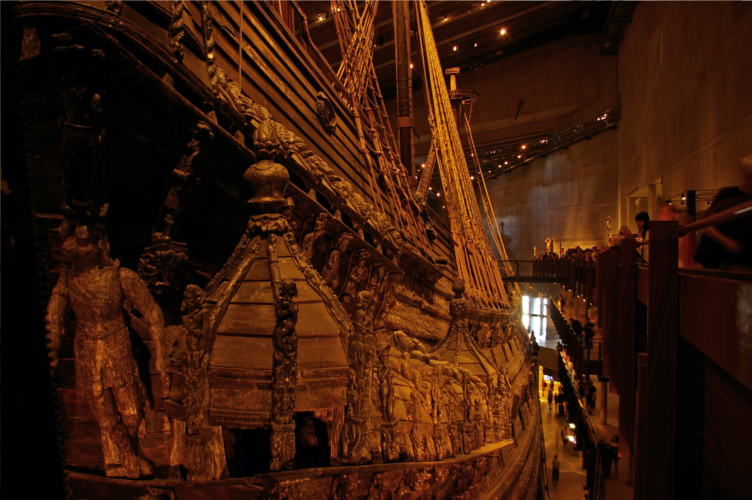written by Adam Koszary, Project Officer for Our Country Lives.
One thing I never expected from working at a museum of English rural life was the opportunity to visit Sweden. However, with some Erasmus funding me and five colleagues did just that, and went to Stockholm to see one of the world’s most successful open air museum, Skansen, the Nordic Museum, and the Museum Gustavianum in Uppsala.
Each of our group had different interests whilst in Sweden, but all are tied to the redevelopment of MERL for Our Country Lives. Project Officer Greta’s interest in crafts and relations with craftspeople will help with our own collaborations and interpretation; Project Officer Felicity’s ethnographic interest in the Sami people will help our interpretation of rural cultures; Assistant Curator Ollie’s interest in the institutional history and development of Skansen will help our own research and interpretation of MERL’s history (see also his previous post on this blog). However, as well as these interests there was also research into the infrastructure and organisation of the museums we visited, their interaction with local groups and institutions, their approach to sensitive topics, and a profound interest in Skansen’s cinnamon buns (baked onsite).
Founded in 1891, Skansen is the godfather of rural, folk and open-air museums, and is incredibly successful within Sweden. Their practice of renting out historic buildings to craftspeople where they can demonstrate their skills and sell their products is one which MERL could potentially replicate on a smaller scale. Their greater size (and funding) also allow them to keep an onsite zoo containing Swedish wildlife such as wolves, bears and moose; animals after all are at the heart of rural life, and it is something we also hope to explore more in Our Country Lives. Further north, the exciting interactions between the Museum Gustavianum and Uppsala University will no doubt guide our intent to integrate ourselves more with the University of Reading and its students, and the Nordic Museum’s galleries on folk traditions and ethnographic partnerships were also interesting.
However, as well as research and study there were some vanities on our part. For instance, while visiting the Nordic Museum’s archives we were allowed a glimpse of Strindberg’s original manuscript of Miss Julie, as well as a wealth of ethnographic surveys and material relating to Skansen’s founder, Artur Hazelius. Most impressive for me was visiting the Vasa, a 17th century ship raised from the bottom of Stockholm’s port, and one of the first large ships to be preserved by polyethylene glycol, a chemical compound which replaces the water in waterlogged wood, and the same method used to preserve the Mary Rose.
Overall, the trip was a useful one. It was refreshing to see a museum so similar in vision and background to ours, but also learning from how our approach and methods differ. It is safe to say that the lessons we learnt on the trip will certainly be applied to the redevelopment of MERL, although introducing wolves to the garden may be a step too far.
More photographs after the jump…




